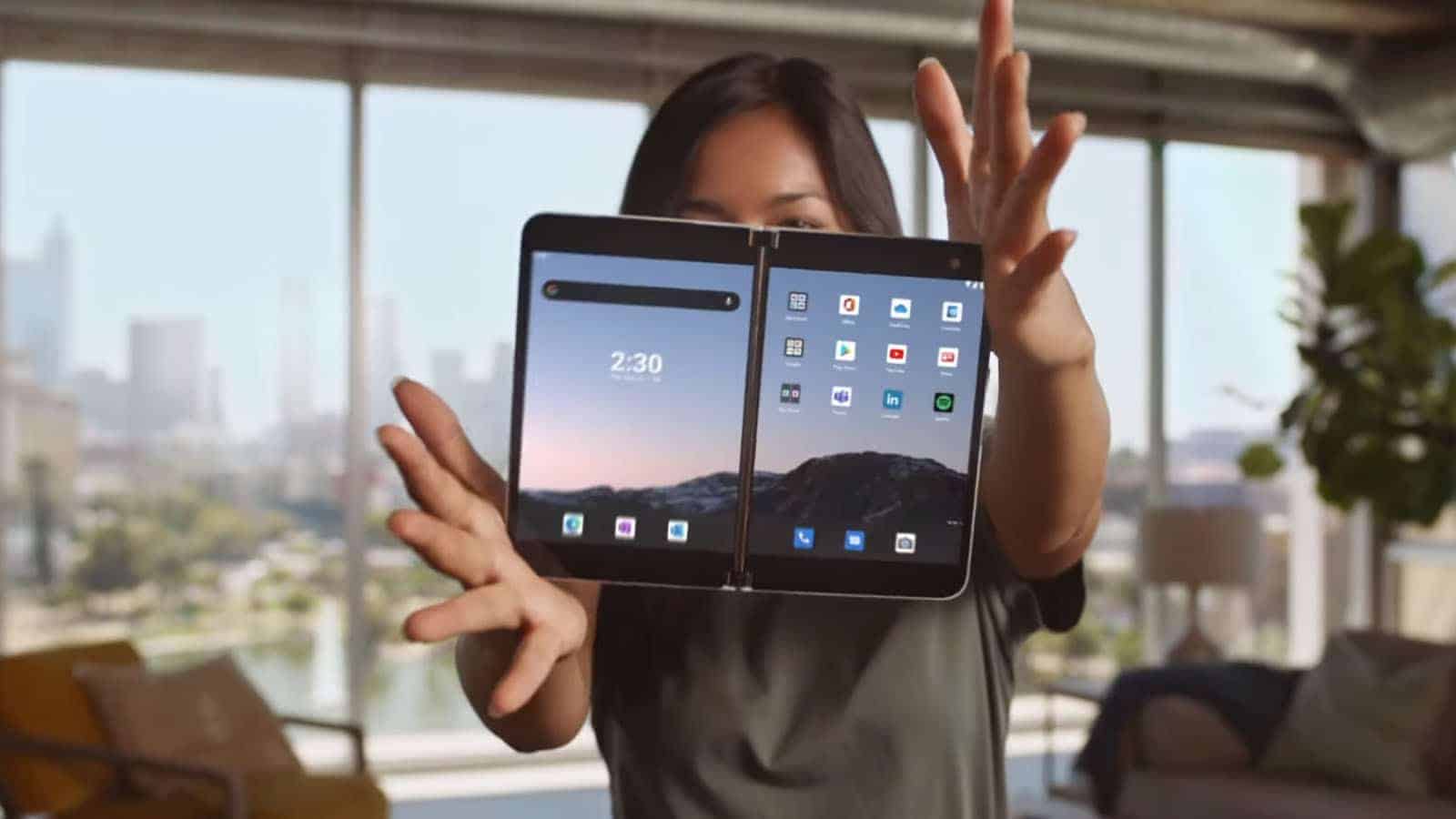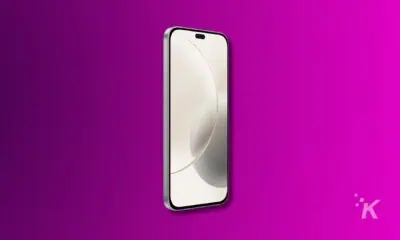Mobile
Review Roundup: Microsoft Surface Duo – another disappointing foldable
Maybe someone will get one right one day.

Just a heads up, if you buy something through our links, we may get a small share of the sale. It’s one of the ways we keep the lights on here. Click here for more.
The Microsoft Surface Duo is the latest foldable device to hit the market, with Microsoft opting for two separate screens hinged together instead of the trend of foldable OLED screens. Reviews hit earlier today, and we’ve been reading up to bring you the relevant parts.
The thing is, the overwhelming theme is succinctly summed up by Android Authority’s tagline: “Prototype first, product second.” Ouch, and we had high hopes for this device, based on Microsoft’s performance on recent Surface devices and the close working relationship with Google to get the software right.
If you don’t want to read all the way down, just know it doesn’t get better as the reviews go on… For a premium device that starts at $1,399, it seems like a beta device and really unless you’re a collector of interesting small devices, this is probably one you can skip.
About that design…

Image: Microsoft
The Surface Duo has two 5.6 inch, 1,800 x 1,350 AMOLED screens in 4:3 aspect ratio, hinged together to make a 8.1 inch, 2,700 x 1,800, 3:2 aspect ratio screen when unfolded. Those panels run at 60Hz, and everyone from Android Authority to The Verge all say they’re good screens. Is “good” enough on a $1,300 device? We’re not so sure, especially when several reviewers mentioned a slight color variation between the two screens. That’s not something you expect to see, and could have been fixed with calibration before leaving the factory.
The Verge called the Surface Duo a “lovely, well-designed object.” I mean, just look at it. Those hinges. Those aluminum panels. The thinness of the device when folded (9.9mm which is only just thicker than the Samsung Galaxy S20). It’s undoubtedly a masterpiece of industrial design, with thinness as the object. That laser focus on thinness lead to compromise though, with the Surface Duo missing features that you’d expect to find on a $1,300 Android device.
It’s only 250 grams in weight, which is impressive for a dual-screen device with two batteries inside. Again, the Samsung Galaxy S20 is 220 grams, so you’re not much above the usual weight of a flagship smartphone. Except, it’s not really a smartphone is it, more a dual-screen PDA. That just makes the weight more impressive.
Okay, what about the hardware
Microsoft opted for the Snapdragon 855, which is already old news as Qualcomm has brought out multiple chips since that. That said, it was still a flagship processor, and this is a flagship device, so that might have some merit. You can get it with either 128GB or 256GB of storage, it has 6GB of RAM, and a 3,577 mAh battery with fast charging. We already covered the screen, so it’s on to the rest of the main features. Microsoft added WiFi-AC, Bluetooth 5.0, and the usual GPS and a fingerprint reader. What’s missing? Well, NFC for a start, which would have been handy to use the Duo as a contactless payment option, and wireless charging, which was probably sacrificed in the pursuit of slimness of the device when folded.
It’s also only got one camera, at 11 megapixels. Yes, it’ll do 4K at 30fps video recording, but there is no Night Mode, so you’re out of luck unless you’re in a well-lit area. That said, Android Authority said it was pretty good for what it is, even if it had a few quirks, like not picking the right screen to display on. Wired called the camera “frustrating,” mainly because of the device not using the right screen to show you a viewfinder.
You’d expect a 3,577 mAh battery to last most of a day, which is what Android Central found, although they mentioned a few days of abysmal use time, probably from the buggy software. Wired, Digital Trends, and CNET all echoed that sentiment, with all-day usage across the board. Then again, as CNET mentions, we’re all at home nowadays with no commute, so it’s hard to put a real use number on battery life as the usual commute usage isn’t a thing.
It all hinges on the software

Image: Microsoft
Did Microsoft do enough to their Android implementation to make dual-screens a visible winner? Well, you could see for yourself if you have an Android phone, as Microsoft Launcher is available in the Google Play Store. That’s just the single-screen version though, with the Surface Duo having a tweaked version that was made for dual-displays. That makes for some nifty tricks, like swiping open apps to the other screen, when it works.
See, the overwhelming view of all the reviews we read today is that this is an unfinished device. It’s buggy, in a way that a device sent out for review shouldn’t be. Yes, the Galaxy Fold had physical issues and similarly shouldn’t have been sent out. This is different, in that the hardware seems fine, if outdated, but the software experience is lacking.
Android Authority even listed some of the bugs they encountered, which included issues with unlocking the phone, the wallpapers disappearing, the keyboards shifting incorrectly, and touchscreen and camera interface issues.
Yikes. I mean, does that look like a ready to market device to you? At any price point, let alone the $1,000+ one…
So, what’s the final word on the Microsoft Surface Duo?
If you haven’t guessed by now, this is a device for those with deep pockets, who wouldn’t mind dealing with issues or even buying a new device to replace it if the annoyances got too great. Android Authority says they can’t recommend purchasing one, especially if it’s your main device. Android Central was more forgiving about the hardware, but highlighted the unfinished software as a reason to avoid it. CNBC said even “the bad camera alone probably isn’t worth it,” while going on to give credit to Microsoft for the design, and that the software experience will likely improve.
It does portent good things for the Surface Neo next year, which will be running Windows. If Microsoft can’t tweak their own operating system properly on their own hardware, dual-screen devices are probably DOA, at least from Microsoft.
Editors’ Recommendations:
- Motorola is trying to make the Razr happen again, this time with a 5G version
- Samsung is back with another folding phone, the Galaxy Z Fold 2
- Forget folding phones, bring back the Sidekick
- Pablo Escobar’s brother released a folding phone that is literally a Galaxy Fold covered in gold foil




























